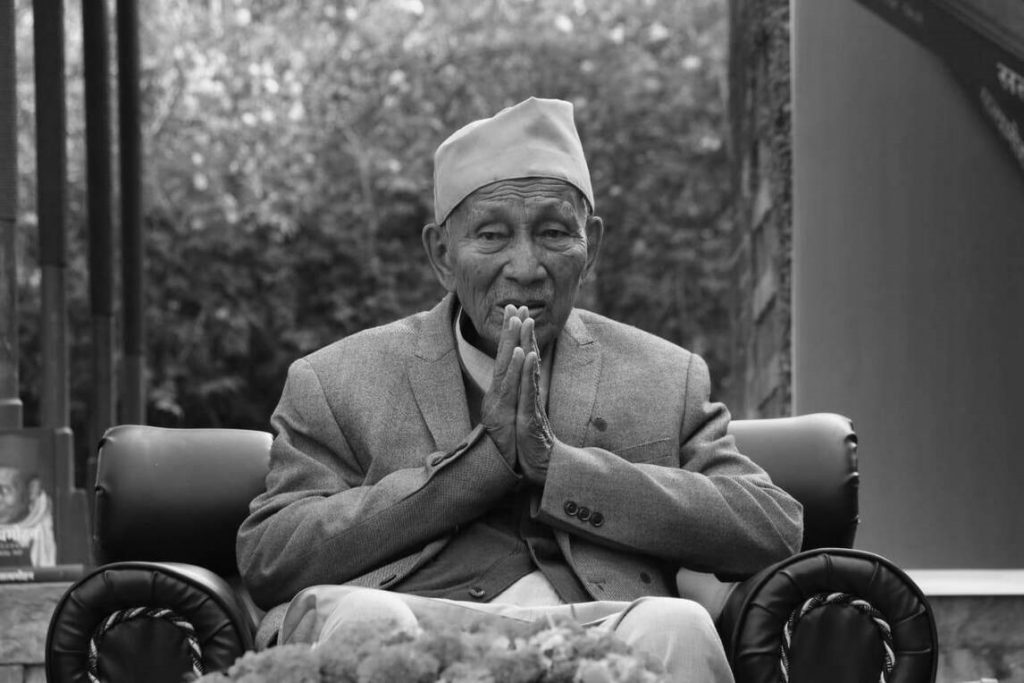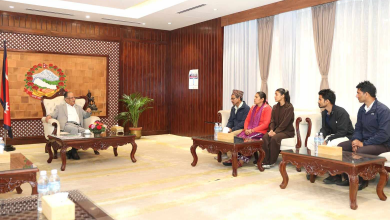Nepal mourns death of Satya Mohan Joshi, an icon of multiple identities

October 17, Kathmandu: With the demise of Satya Mohan Joshi on Sunday, Nepal has lost a colossus figure of language, art and culture.
Besides being a cultural expert, Joshi was an expert on history and several other areas.
He was such a fine historian as he was the one to inform the Nepali society about artist Araniko and bring facts about King Mandev.
Joshi had also involved in the historical job of making the first political and administrative man of Nepal, while he served the nation as the first Director of the Department of Archeology.
Many argue that Joshi bridged the mofussil and Kathmandu by unveiling the cultures and local identities from the nook and cranny of the country, including the Karnali region.
Born in Patan in 1919 BS, Joshi is celebrated for his achievements in the fields of literature, history, and culture with more than 60 books on music, drama, culture, and history to his credit. Some of his prominent publications include Hamro Lok Sanskriti (Madan Puraskar in 1956); Nepali Rashtriya Mudra (Madan Puraskar of 1960); Karnali Lok Sanskriti (a research collection); Charumati, Sunkeshari, Majipha Lakhe, Bagh Bhairab (dramas).
Joshi is a three-time recipient of the Madan Puraskar for his work on folk studies, Nepali numismatics and the traditions of the Karnali region. Joshi is a name among Nepalis that elicits respect, honour and reverence.
Once he has written that he took inspiration from the bird, ‘jureli’, red-vented bulbul for ‘simple living and high thinking. The bird inspired him to be meditative and enjoy life with contentment.
During his life, Joshi not only remained active in scholarly jobs but also established himself as a common figure for all thanks to his dedication to language, arts, culture and other genres.









प्रतिक्रिया राख्नुहोस्